1. Understanding Bamboo Fiber Quilts
Bamboo fiber quilts are made from bamboo plants, but not in their natural state. The bamboo goes through a process of conversion into soft, silky fabric. The two most common processes are:
Bamboo Rayon (Viscose): The bamboo is chemically processed into fibers, creating a soft and breathable fabric.
Bamboo Lyocell: A more eco-friendly process that uses a closed-loop system to convert bamboo into fabric, minimizing the environmental impact.
Advantages of Bamboo Fiber Quilts:
Breathability and Moisture-Wicking: Bamboo fabric is known for its breathability, which allows air to circulate freely, making it excellent at regulating body temperature. It also absorbs moisture away from the skin, keeping you dry and comfortable throughout the night.
Hypoallergenic and Antibacterial: Bamboo fiber has natural antibacterial properties that prevent the growth of microbes, mold, and bacteria. It’s an excellent choice for individuals with sensitive skin or allergies.
Eco-Friendly: Bamboo is a highly sustainable resource because it grows quickly, requires minimal water, and does not need pesticides. Additionally, bamboo fabric production processes, especially in Lyocell, can be more eco-friendly than traditional cotton.
Softness and Smoothness: Bamboo fabric has a silky-smooth texture, which can feel luxurious against the skin. It tends to be softer than cotton, and some users find it more comfortable for sleep.
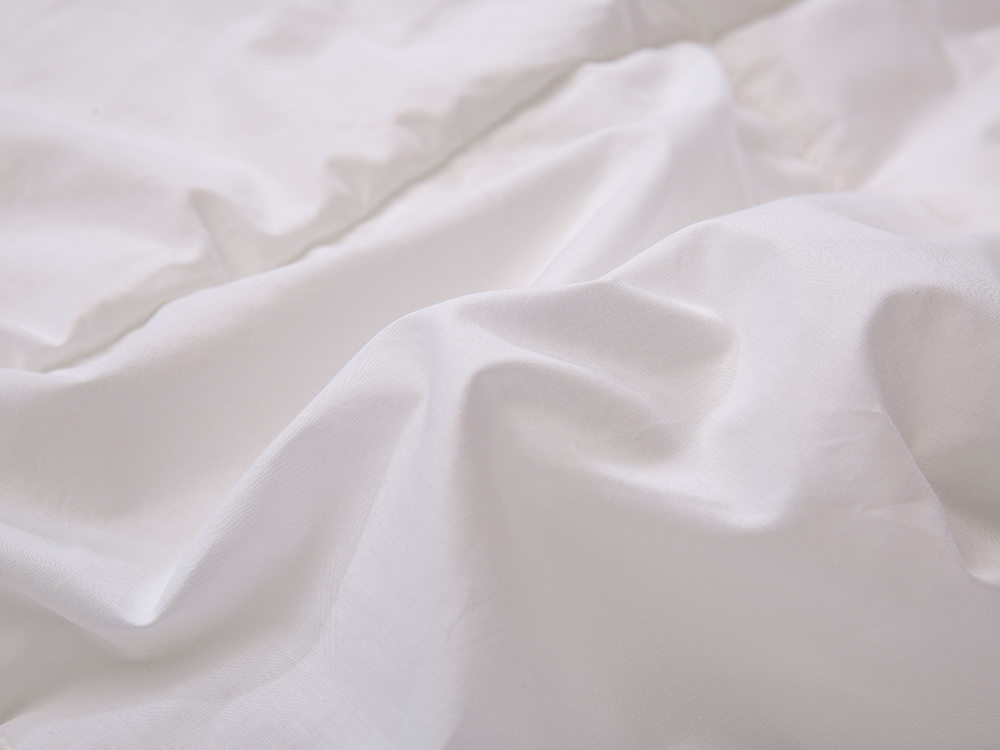
Disadvantages of Bamboo Fiber Quilts:
Cost: Bamboo fiber products, especially those made from Lyocell, tend to be more expensive than cotton due to the intricate production processes involved.
Durability Concerns: Bamboo fiber, particularly in the case of rayon, can be less durable than cotton and may degrade faster over time, especially with frequent washing and exposure to sunlight.
Chemical Processing: While Lyocell is an eco-friendlier process, bamboo rayon often involves the use of harsh chemicals, which can raise environmental concerns despite efforts to minimize waste.
2. Understanding Cotton Quilts
Cotton quilts are made from natural cotton fibers, which are spun into yarn and woven into fabric. Cotton is one of the most widely used materials in bedding due to its wide availability and versatility.
Advantages of Cotton Quilts:
Breathability: Like bamboo, cotton is highly breathable, making it comfortable to sleep under during various seasons. It allows air to circulate, helping to regulate body temperature.
Durability: Cotton is a very strong and durable material, especially when it comes to bedding. With proper care, a cotton quilt can last for many years without significant degradation. It’s also resistant to pilling and tends to hold up well through repeated washing.
Softness: Cotton is soft, especially if it's made from high-quality long-staple cotton (like Egyptian cotton). It’s generally considered a more "classic" soft fabric, with an inherently smooth feel.
Hypoallergenic: Pure cotton is hypoallergenic, which makes it a great choice for those with sensitive skin or allergies. It’s also resistant to dust mites and other common allergens.
Wider Range of Price Points: Cotton quilts are generally more affordable than bamboo quilts, with a wide range of options available depending on the cotton type (e.g., organic, Egyptian, pima) and the quality of the weave.
Disadvantages of Cotton Quilts:
Absorption: While cotton is breathable, it can absorb moisture more than bamboo fiber, which means it can feel damp and less comfortable in hot or humid conditions.
Wrinkling: Cotton fabric tends to wrinkle easily, which might be a downside if you're looking for a low-maintenance, smooth appearance.
Environmental Impact: Cotton farming can be resource-intensive, using large amounts of water and pesticides unless the cotton is grown organically. Organic cotton has a much lower environmental footprint, but it is usually more expensive.
3. Bamboo vs. Cotton: Performance and Comfort
Temperature Regulation:
Bamboo Quilts: Known for excellent temperature regulation, bamboo fibers allow air to circulate freely, helping you stay cool in hot weather and warm in cooler conditions. This makes bamboo quilts ideal for year-round use, especially for people who experience fluctuating body temperatures during sleep.
Cotton Quilts: Cotton is also breathable and performs well in temperature regulation, but it tends to retain more heat than bamboo, which might not be ideal in warmer climates.
Moisture-Wicking:
Bamboo Quilts: Bamboo’s moisture-wicking properties are superior to cotton. Bamboo fabric draws sweat away from the body, allowing it to evaporate quickly, which helps keep you dry and comfortable throughout the night.
Cotton Quilts: While cotton is breathable, it’s not as effective at moisture-wicking as bamboo. This can lead to a slightly less comfortable experience in humid or hot conditions.
Comfort:
Bamboo Quilts: Bamboo fiber feels incredibly soft and luxurious, often described as silk-like. If you prefer a smooth, gentle touch against your skin, bamboo might be the better option.
Cotton Quilts: While cotton can be soft and comfortable, it generally doesn't have the same silky smoothness as bamboo. However, cotton’s softness improves with use and washing, and high-quality cotton varieties can rival bamboo in terms of comfort.
Durability:
Bamboo Quilts: Bamboo fiber quilts, especially those made from rayon, can be more prone to wear and tear. The delicate nature of bamboo can result in fraying or thinning after repeated washing.
Cotton Quilts: Cotton is highly durable, especially when it comes to long-staple cotton varieties like Egyptian or Pima cotton. With proper care, a cotton quilt can last for many years.
4. Environmental Impact
Bamboo: Bamboo is a highly sustainable crop, as it grows rapidly and requires minimal water or pesticides. However, the environmental impact can vary depending on the processing method. Bamboo Lyocell is considered more eco-friendly than bamboo rayon, which uses harsh chemicals in its production process.
Cotton: Cotton farming, especially conventional farming, can be resource-intensive. It requires large amounts of water and pesticides. Organic cotton is a more sustainable option, but it still requires significant water resources.
5. Price Comparison
Bamboo Fiber Quilts: These are typically more expensive due to the labor-intensive processing and eco-friendly options like Lyocell.
Cotton Quilts: Cotton is generally more affordable, especially with a range of options available from basic to luxury varieties.
Conclusion: Which Is Better for You?
Choosing between a bamboo fiber quilt and a cotton quilt largely depends on your preferences, climate, and budget.
If you're looking for a luxurious, soft, and eco-friendly option with superior moisture-wicking and temperature-regulation properties, a bamboo quilt (especially made from Lyocell) might be the right choice for you.
If you're after a durable, classic, and affordable option with reliable breathability and a soft feel, cotton quilts are a fantastic choice. Additionally, if you prioritize sustainability, opt for organic cotton.





 Français
Français Español
Español Deutsch
Deutsch
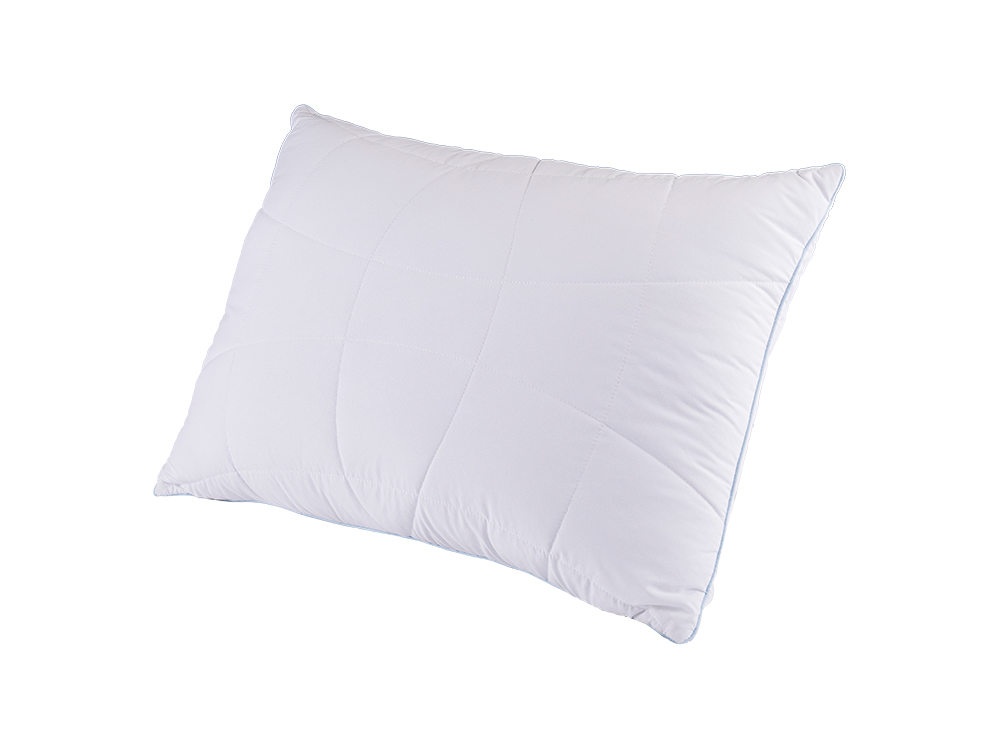
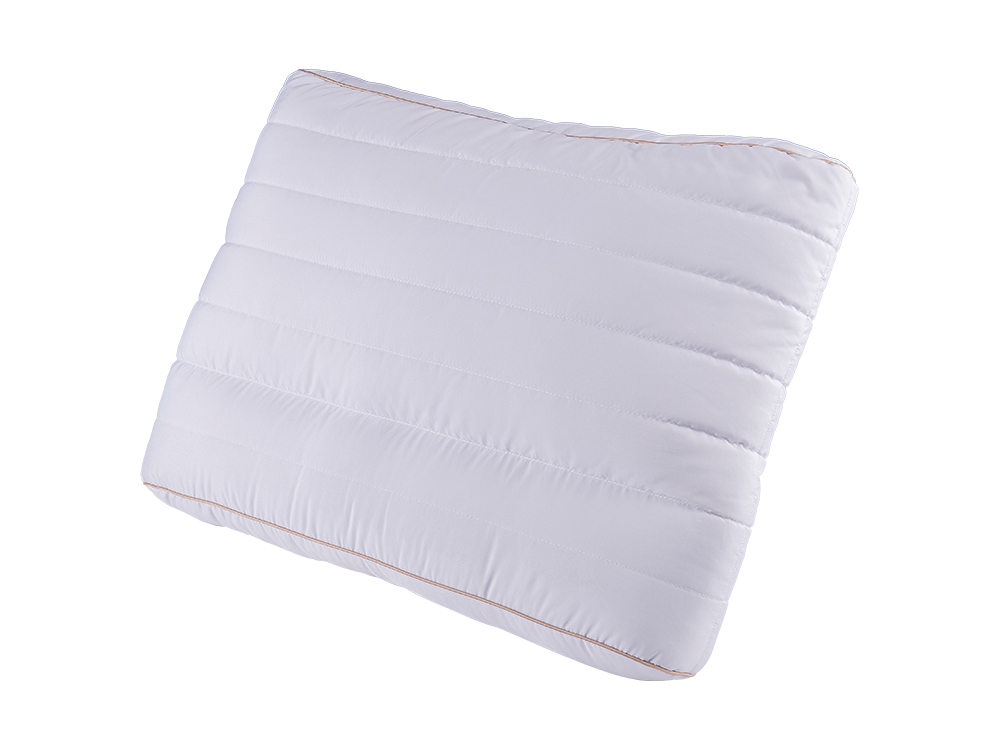
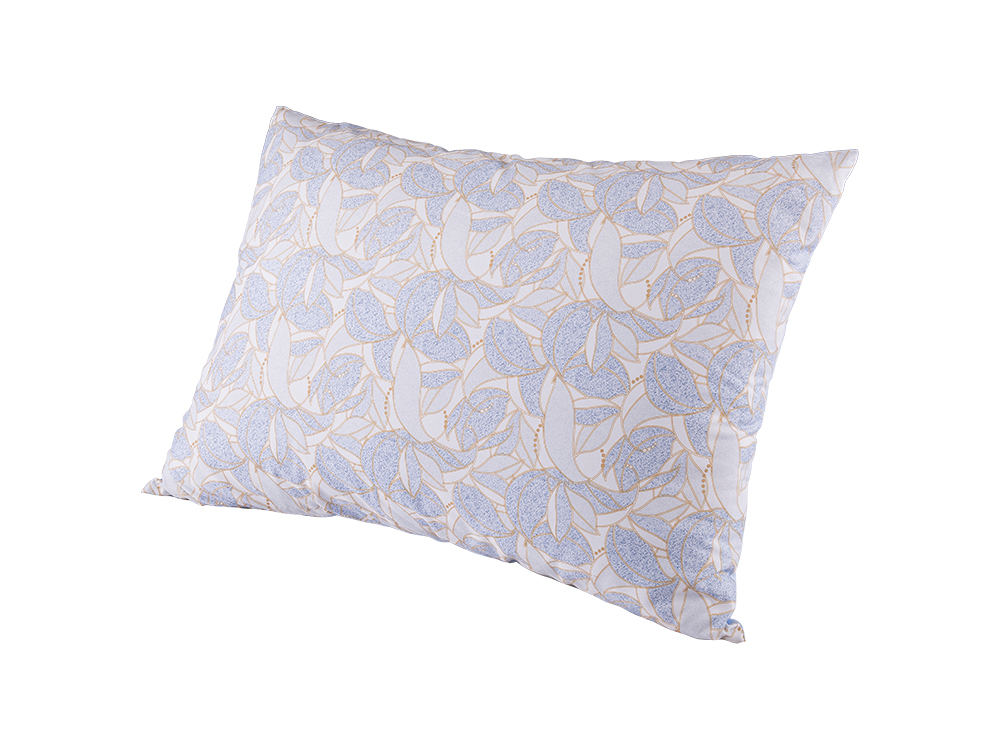

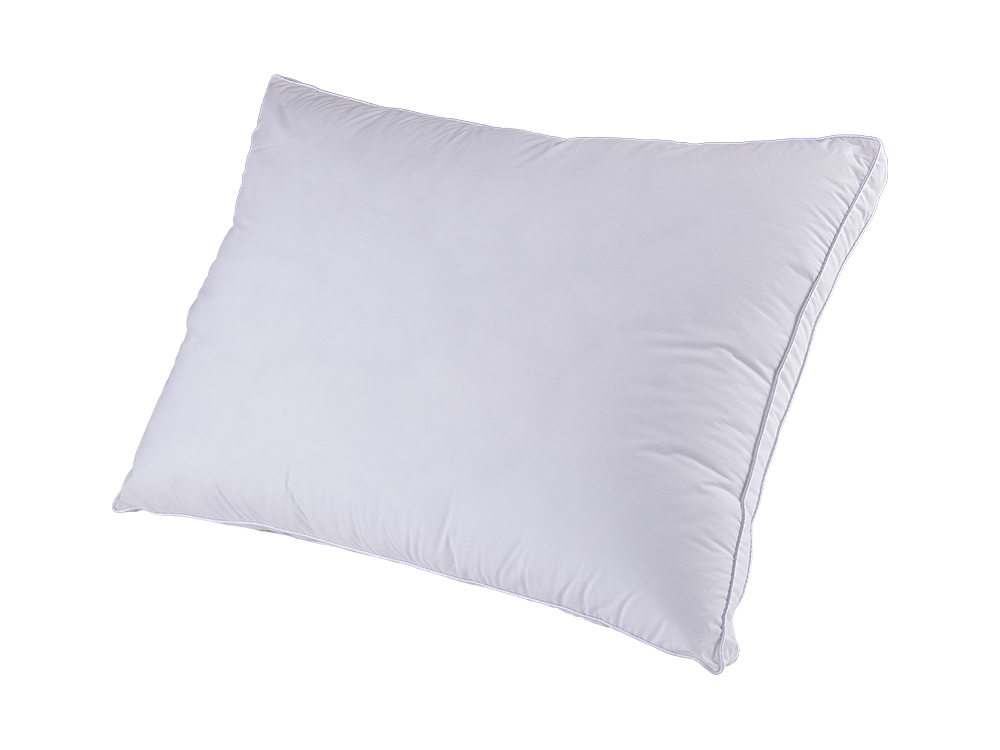
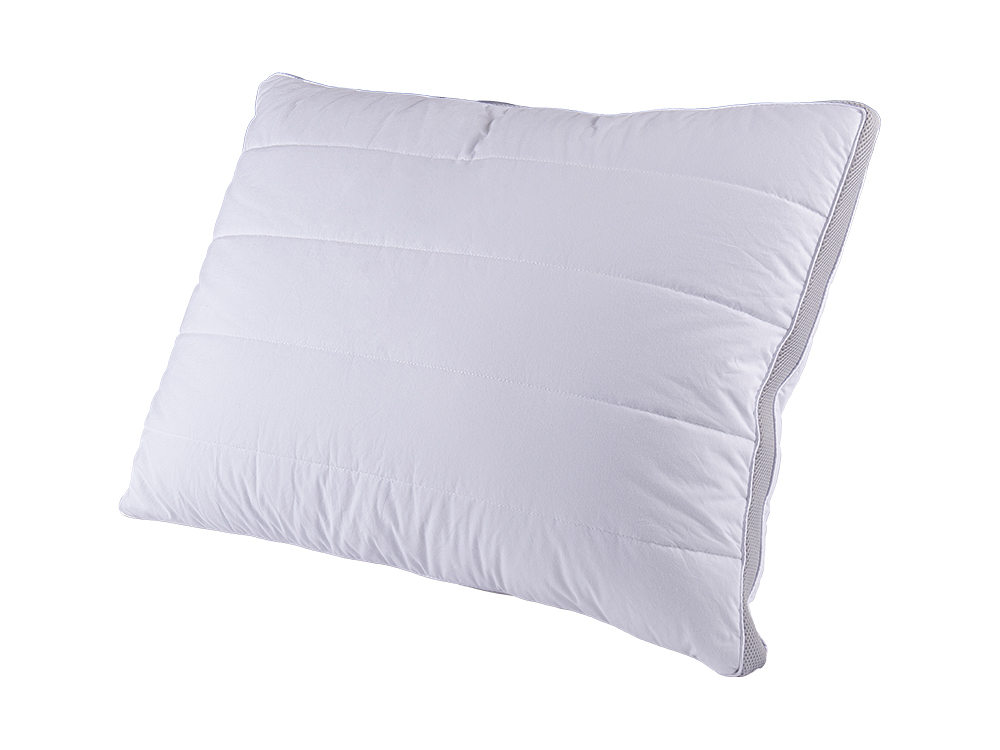
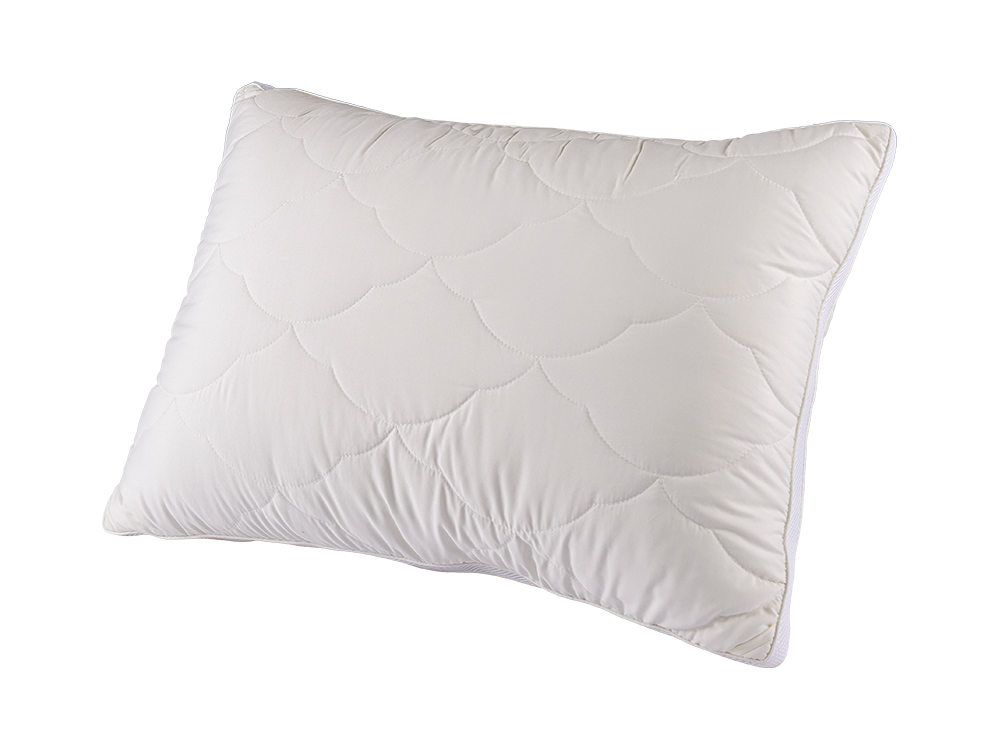
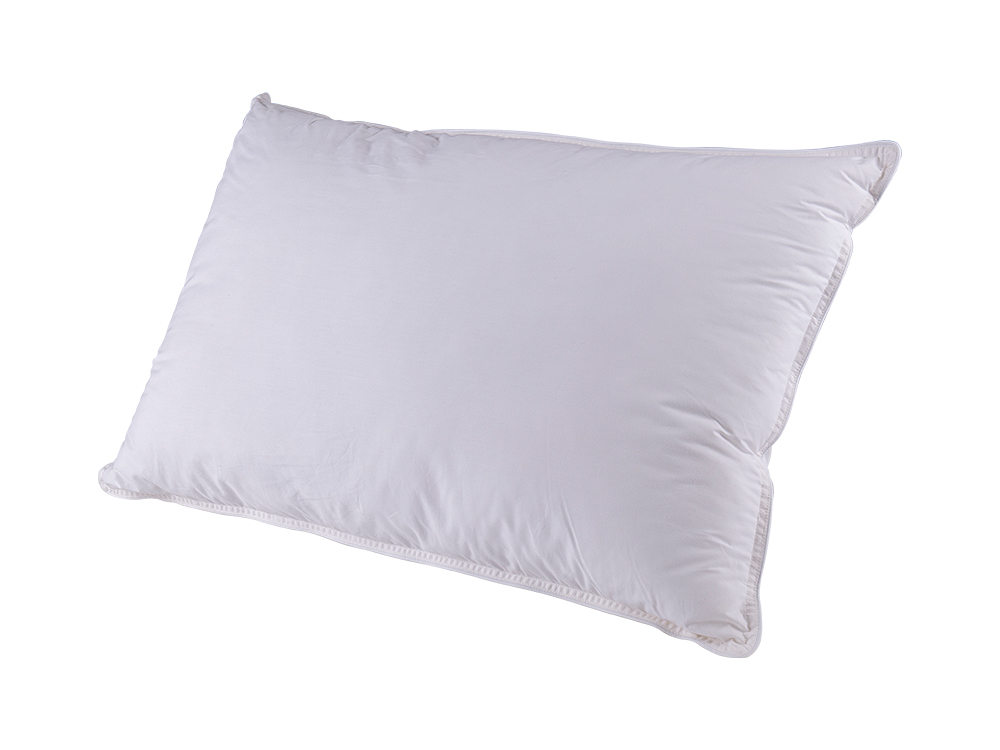
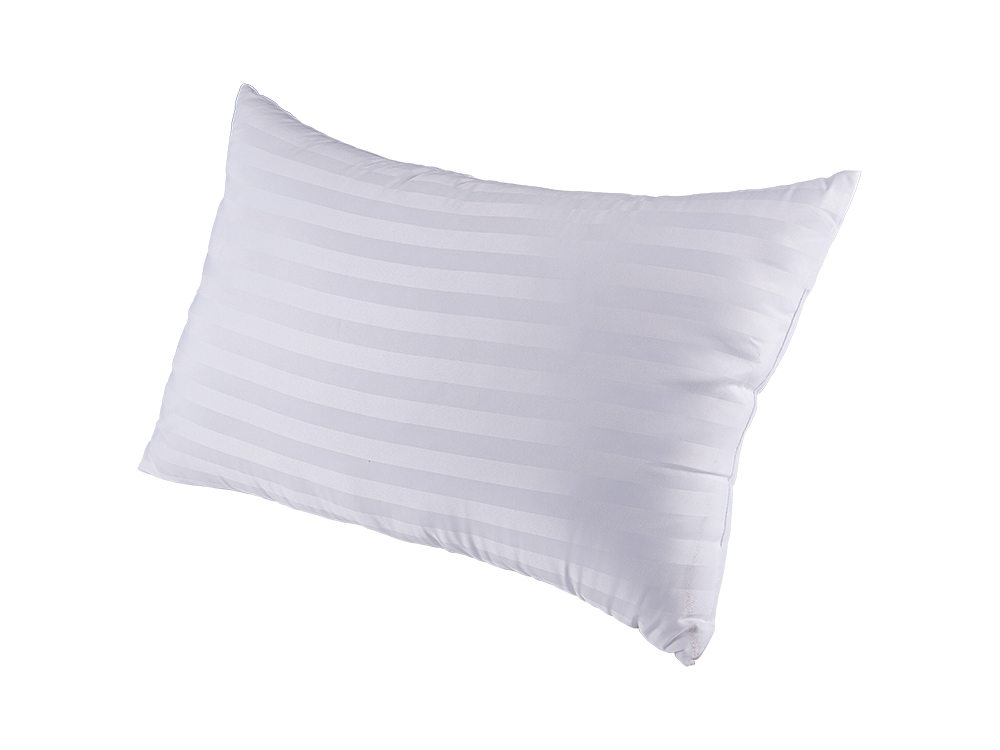
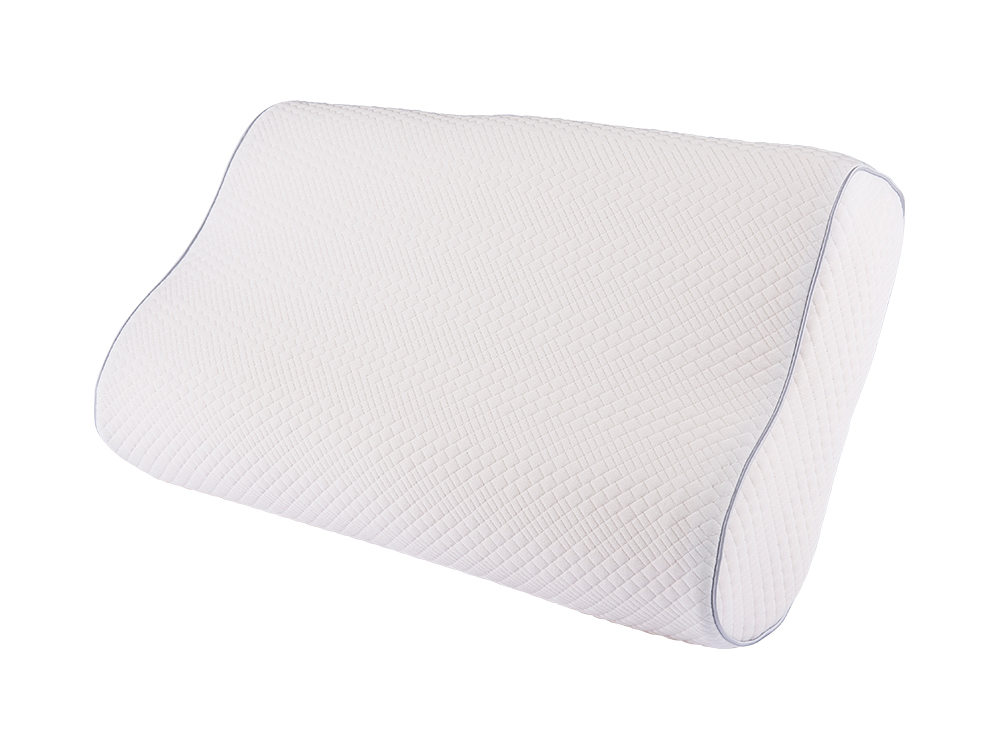
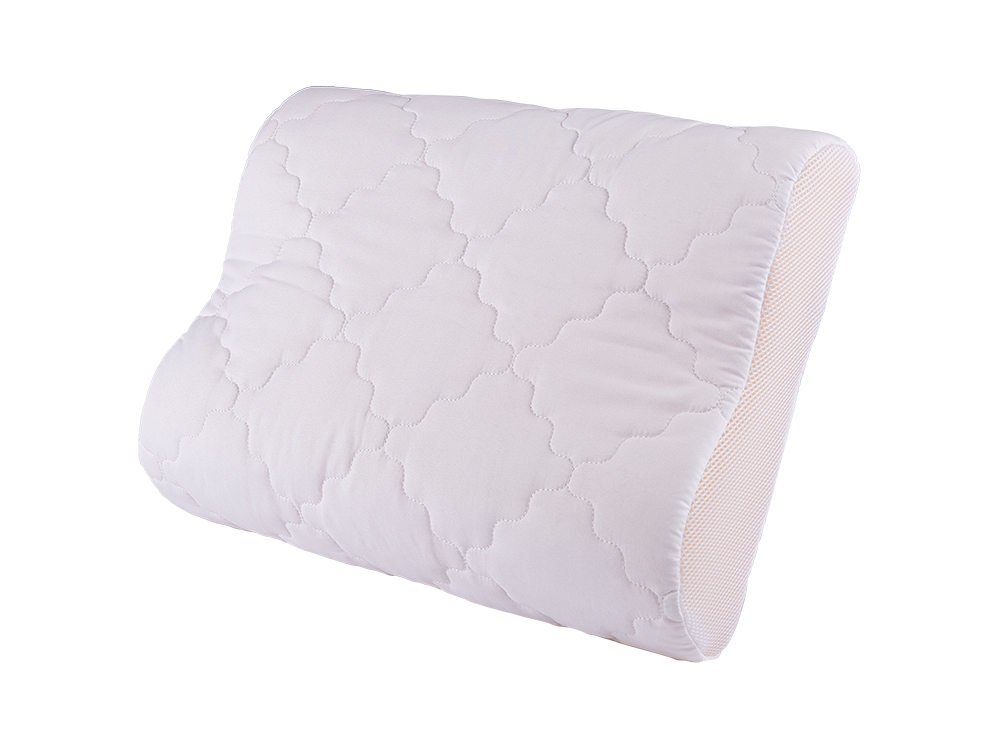

 +86-573-88798028
+86-573-88798028